An elitist wine snob should know where to draw the line
Posted on September 1, 2018

By Panos Kakaviatos for wine-chronicles.com
1 September 2018
Greetings readers, writing to you from lovely Neustadt an der Weinstrasse in Germany, where the harvest has begun earlier than usual given the hot summer. I am here for yet another series of tastings of Mundus Vini, one of the most important wine competitions in the world.
And as usual, it has been another fascinating experience judging wines by panel.
Winemakers who judge tend to be more “understanding” in assessing wines than merchants who sell wine. And merchants who sell wine tend to have more understanding than hacks like yours truly, who like to write about wine, but do not need to sell it.
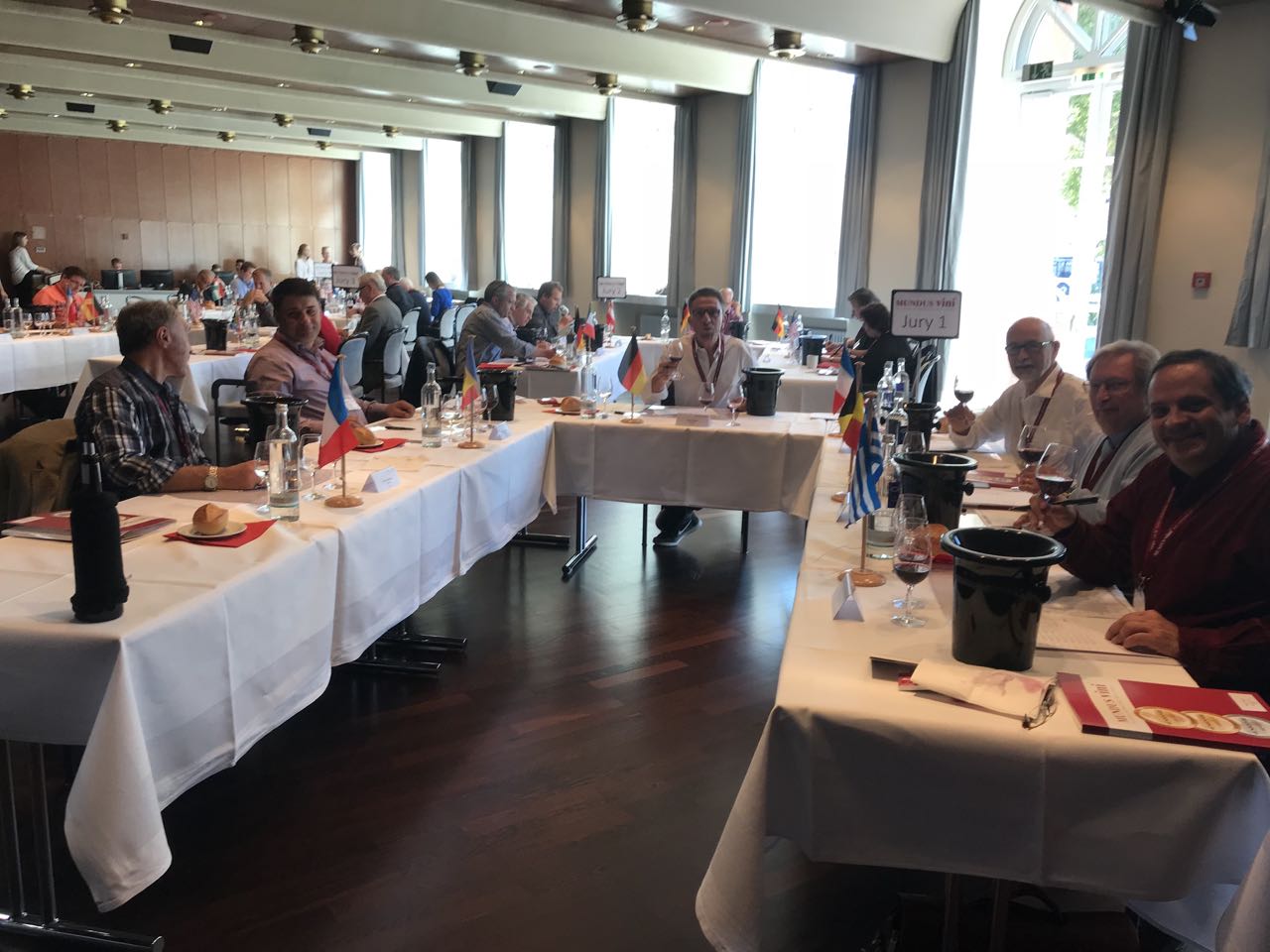
Jury number one #mundusvini #summertasting
Mundus Vini is a great opportunity to share opinions about a series of wines tasted blind by flight.
This has been my fifth year participating and something always interesting comes up. In this case, we had flights with wines that were made with residual sugar in excess of 4 grams per liter, but not more than 12. Wines, which I would think, should be inexpensive and somewhat simple, made from grape varieties that do not typically have so much residual sugar, as we were assessing, for example, Montepulciano reds with up to 12 grams of residual sugar and another flight featuring Chardonnays from southern France, also with 4 to 12 grams of residual sugar.
While most of our panel agreed that many of these were “well made”, quite a few meriting silver medals, I could not go to gold for any of them.
Wine people versus people
Now trade tastings like Mundus Vini are meant for assessing wines that for the most part are currently being sold for on the market. Judges are meant to assess the wines based on their market interest and their estimated “pedigree”. As the esteemed wine author and expert Robert Joseph said one evening after a day of judging here: “Most people do not eat in three star Michelin restaurants”. Indeed, many eat fast food. By the same token, “wine people” may look with disdain at, say, average ho-hum Pinot Grigio, or the current Prosecco craze. But these are popular wines for the people. And there is a reflection of this in politics today: elites look with disdain at Trump voters or Brexiters. But one must have understanding for the popularity of both, in order to accurately assess “the situation”: and so it goes in wine and in politics. So, yes, read the Daily Mail as well as The Guardian, to get a more rounded picture of what the hell is going on.
But I digress.
So, yes, we should not necessarily exclaim “What the hell!” when we see Chardonnay with up to 12 grams of residual sugar. If it is a balanced wine, then it has merit. And some markets enjoy wine that is on the somewhat richer side of “balance” …
However, I do think that there are limits for “wine people understanding people”.
So in my group this time around, I categorically refused to give any gold medals to any of the Chardonnays or Montepulciano wines with so much balancing residual sugar. I was told that one gold in question was balanced and excellent and that it did not matter how much residual sugar there was. Well, to a certain extent …
I would have been more inclined to give gold to a well-balanced Chardonnay with no residual sugar, than to a well balanced Chardonnay with 6 grams of sugar. There is balance, and there is balance.
We did agree that it would be better for such wines with such residual sugar to include that information on the back label: now that was a “wine people, wine geek agreement”. Information to the people brings power to the people. An educated public may pick a better president next time. I digress, again.
But, yes, there are well made Chardonnays with residual sugar and well made Montelpulcians with up to 12 grams of the sweet stuff.
But gold?
An elitist wine snob has to know where to draw the line. ?
Croatian (wine) Journal, Part II
Posted on August 20, 2018

White wine pleasure in Dubrovnik
20 August 2018
By Panos Kakaviatos for Wine-Chronicles.com
After spending a few days at the charming waterfront harbor resort of Cavtat – see Part I – I took a picturesque boat journey to Dubrovnik, which is the focus of this second part of my Croatia summer blog wine chronicle.
As one writer had already noticed over 10 years ago, Cavtat is ideally located should you want to visit Dubrovnik. The one-hour boat ride alone is worth the $15 round trip ticket.
Gorgeous seascapes include little islands and many boats, from large sailing vessels to luxury yachts. You could take a cheaper bus, but then you would not get off directly in the center – and the ride is not as charming.
Arriving at the dock, medieval walls surrounding narrow Venice-like pathways look gorgeous. It is easy to see why Dubrovnik has been a UNESCO World Heritage site since 1979.
Thanks to restoration of damage caused by war following the break up of the former Yugoslavia, Dubrovnik has re-emerged as a top tourist destination in the Mediterranean. More recently it is the theme of Game of Thrones tours… but let me get to the wine angle ?.
Meeting Croatia’s Best Sommelier Read More
Wine serendipity in Switzerland
Posted on August 17, 2018

Great wines, great friends
By Panos Kakaviatos for Wine-Chronicles.com
17 August 2018
While pouring a glass of the Heida Visperterminen, Michel Falck, owner and director of the fine wine shop Au Millésime in Strasbourg, France, says that Swiss wines count among “Les meilleurs du monde“.
Now, Heida Visperterminen may sound like some Swiss medicine, but it actually refers to (arguably) Europe’s highest vineyard: at 1,150 meters high, vineyards in the Valaisian town of Visperterminen include the “Heida Visperterminen”, a white wine, pressed from an old species of grape that bears the same name. The AOC origin is Wallis.
The wine we tried – from the Saint Jodern Kellerei – reached 14% alcohol, given the warm microclimate partially created by a warm southern wind. And it was darn good: giving off notes of aniseed and wet stone. The palate had a fine, yet rich texture. At just over 20 Swiss Francs, I plan to buy a few bottles.
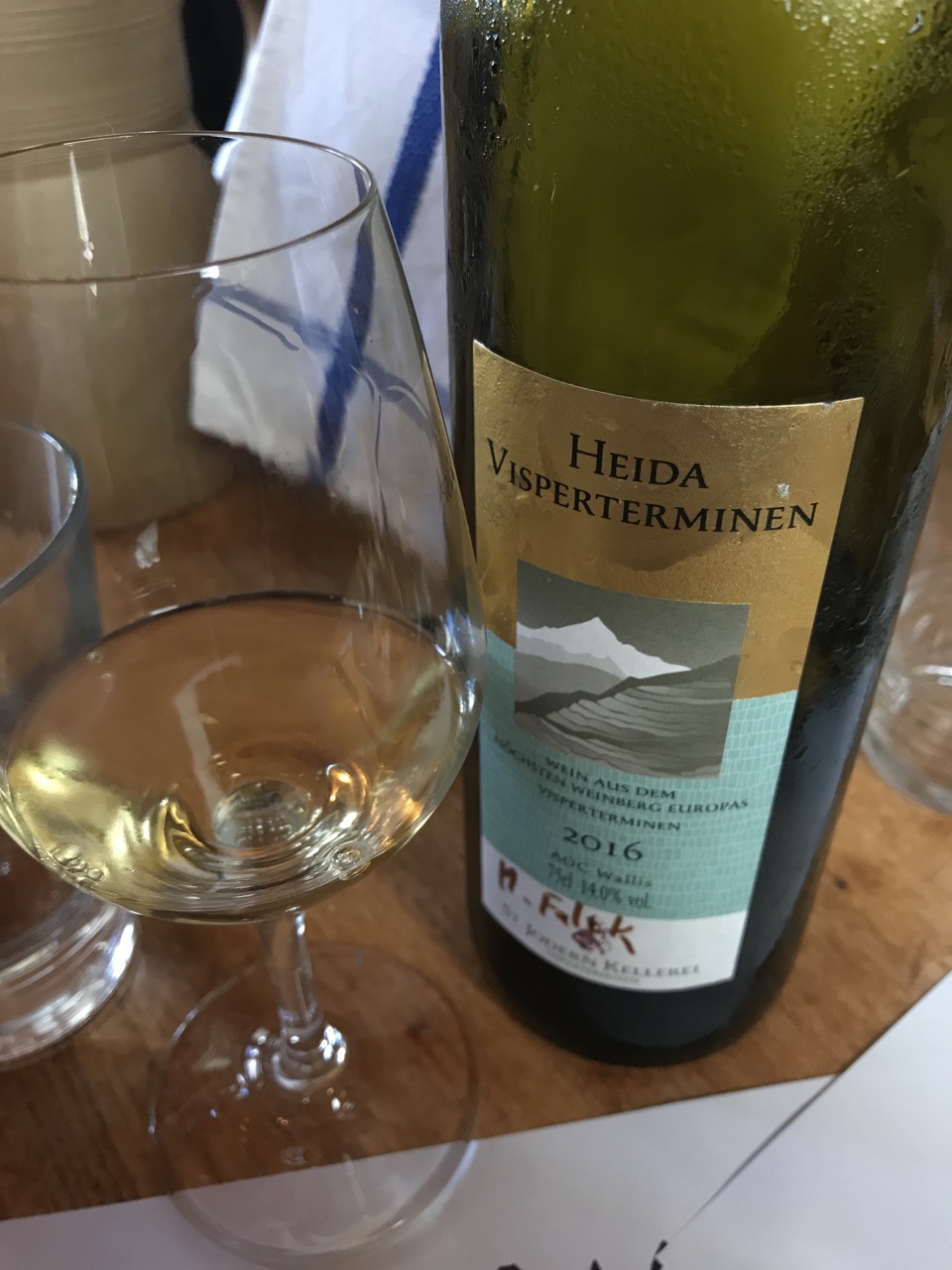
While the grape may be the same as Traminer or Savagnin, the Swiss versions taste “so different from the ones in the Jura,” says Robin Kick MW. “Even the ones made reductively: the Swiss ones have more personality and flesh, though I like the ones in the Jura too, but not quite as much,” she adds.
And you have to admire the history: The Celts cultivated wine in Visperterminen, as shown by archaeological finds. Today about 42 hectares of vines are cultivated in the Heida Village. Three wine producers, including Saint Jodern Kellerei, offer tastings. A vineyard trail informs visitors about the wine, vine species and cultivation. Also very interesting, as Robin Kick MW pointed out in a Facebook post, is that “Heida is the same as Traminer or Savagnin and it is also called Païen, the French name.” Read More
Croatia (wine) Journal, Part I
Posted on August 13, 2018

Wine under the Cavtat sun
13 August 2018
By Panos Kakaviatos for Wine-Chronicles.com
Cavtat sunsets bring out your inner Monet: you feel compelled to take variations of the similar sun setting theme on your smart phone. Cavtat – pronounced “tsavtat” – is perfect for a summer break. Clean, friendly and not too bon marché, with prices high enough to dissuade cheapskate tourists of the more uncouth sort.
My trip proved perfect to beat the 2018 Euro summer heat. The canicule of Strasbourg, France in late July and early August for example (as in other parts of Europe) saw temperatures reach the upper 90s Fahrenheit. Of course southern parts of Spain and Portugal had it much worse, with temperatures approaching 115.
The clear blue Adriatic Sea? That was an antidote. Read More
Champagne: harvest news
Posted on July 25, 2018

Confident in its export markets, Champagne growers and houses agree to set the available yield at 10,800 kg/ha.
Report from Comité Champagne
25 July 2018
Expecting stable sales in 2018 and a slight growth over the next few years (especially in the export markets, which now account for more than 50% of the total shipments), Champagne growers and houses agreed today to set the available yield at 10,800 kg/ha, the same level as in 2017. This volume fills the needs of the Champagne producers and maintains a balanced overall stock level.
This harvest is expected to be generous in volume and, to date, of good quality. It should also make it possible to reconstitute the Champagne reserve, widely used in the last two years.
An exceptional wine-growing year, with the harvest beginning in August. Read More
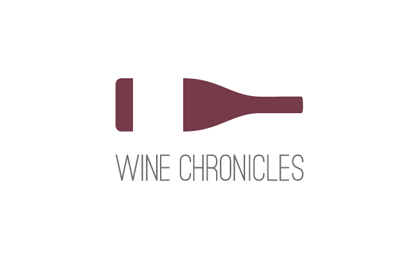 Wine Chronicles
Wine Chronicles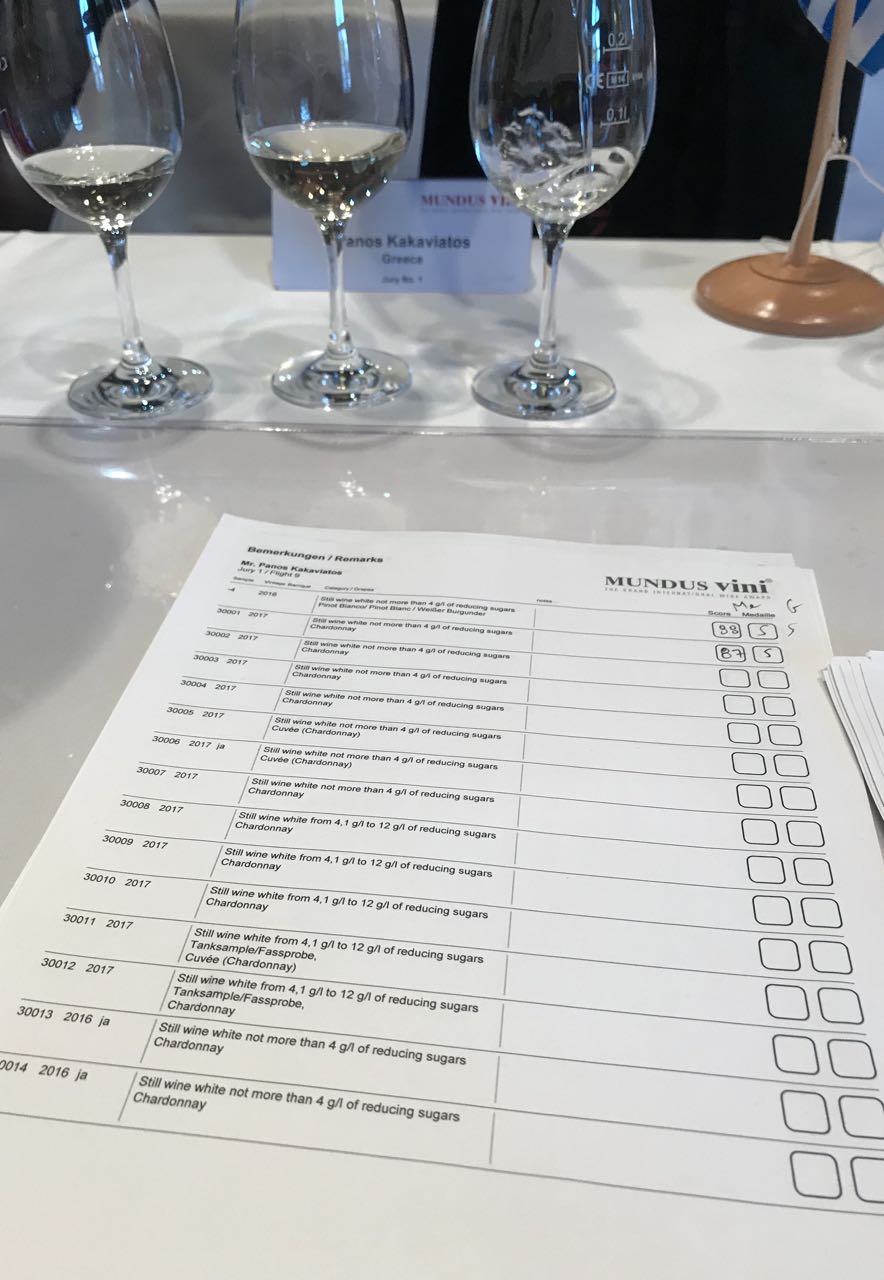
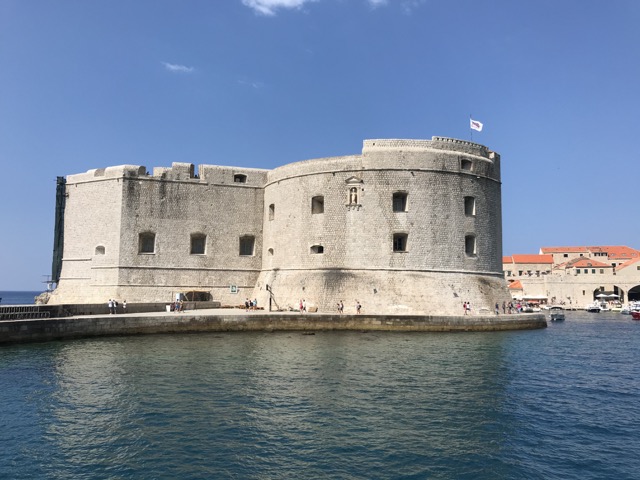
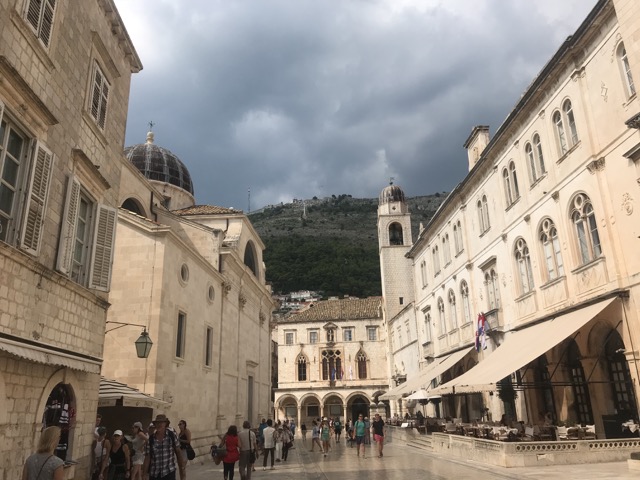
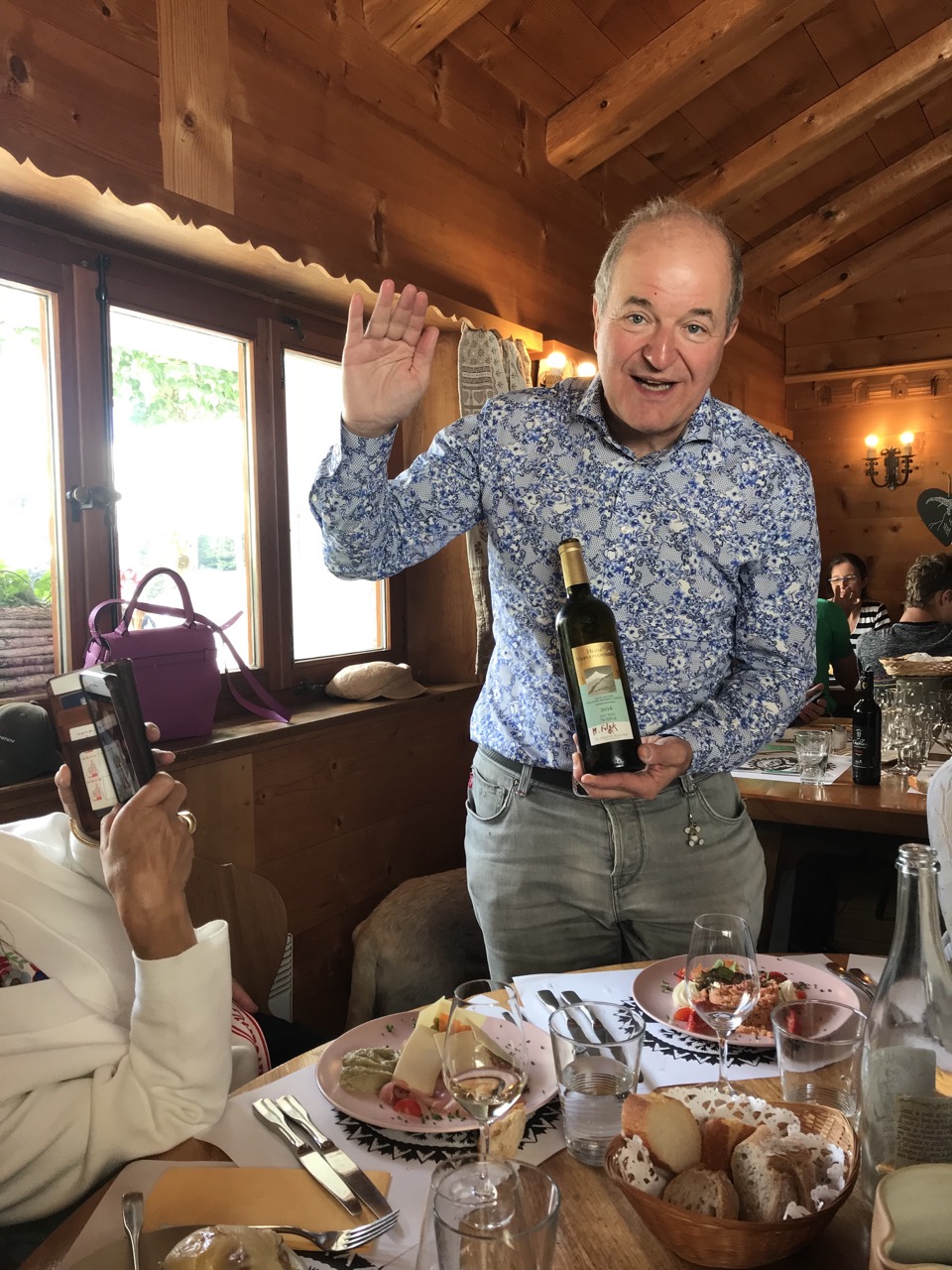
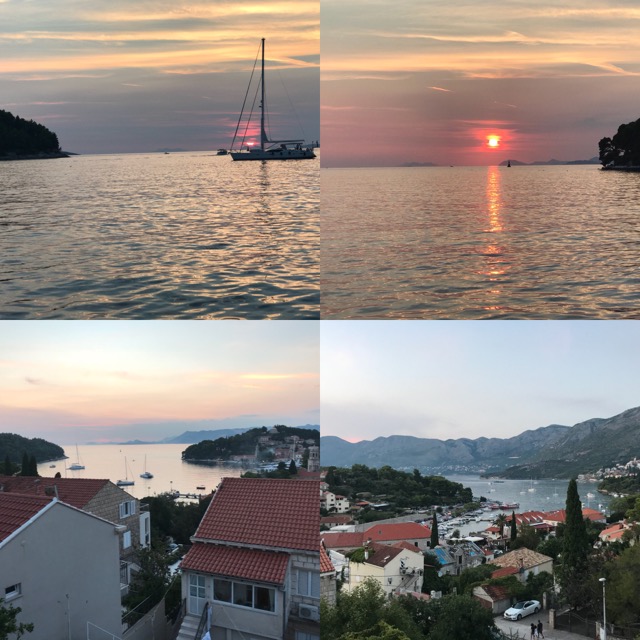
Recent Comments